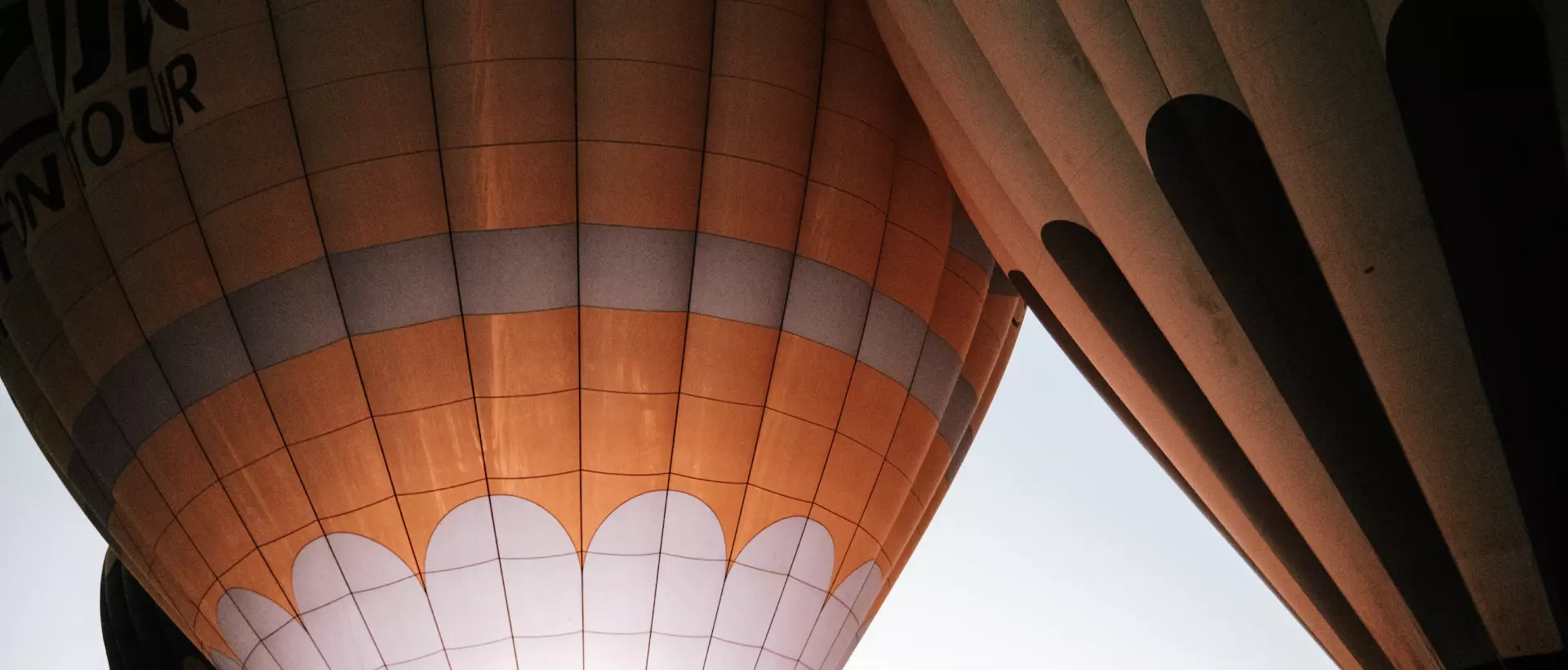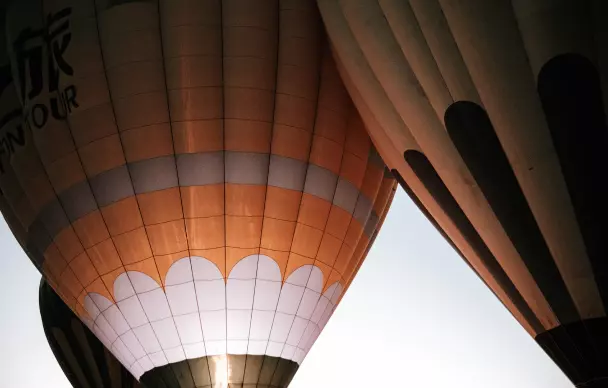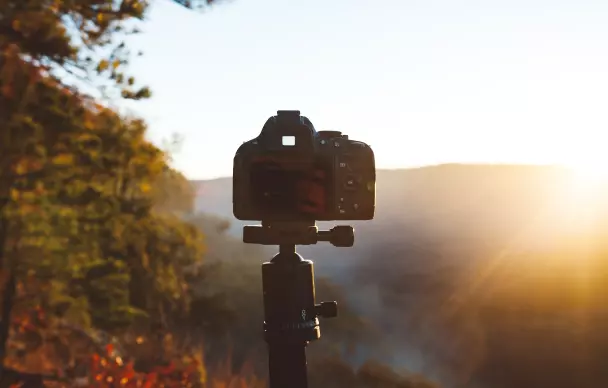Discover Magic in Long Exposure Photography
Long exposure photography lets you create surreal, dreamlike images by capturing movement over time. From silky waterfalls and light trails to starry skies and smooth ocean surfaces, this technique reveals beauty unseen by the naked eye.
By using longer shutter speeds, you transform everyday scenes into artistic expressions that feel both peaceful and powerful.
Get the Right Gear and Settings
To achieve stunning long exposure shots, you’ll need a sturdy tripod to prevent camera shake and a camera with manual settings. Neutral density (ND) filters are essential for shooting in daylight, allowing longer exposures without overexposing the image. Mastering shutter speed, ISO, and aperture will give you full creative control over each frame.


Long exposure reveals hidden rhythms of time, turning motion into mesmerizing stillness through the lens
Master Light and Motion Effects Creatively
Light becomes a brush in long exposure photography. Capture flowing water, streaking car lights, or moving clouds by adjusting the exposure time to suit your scene. The direction and quality of light—especially during golden hour or twilight—can dramatically affect your result. Use composition to guide the viewer’s eye through the motion you’ve recorded.
Helpful Tips for Long Exposure Success
Planning and patience are crucial when working with long exposures. Scout your location in advance, monitor weather conditions, and be prepared for multiple attempts. Use a remote shutter release or timer to avoid vibrations, and always check focus and framing carefully before starting the shot.
- Use a tripod for stability
- Add ND filters in daylight
- Plan timing around light changes
- Use remote or timer to shoot




